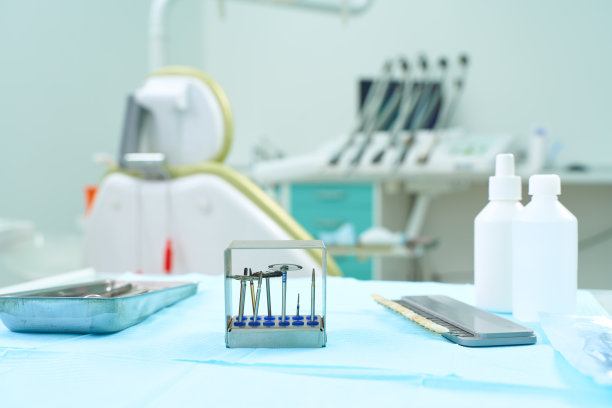Essential Precautions to Take Before and After Your Dental Filling Procedure for Optimal Oral Health and Comfort
Summary: Dental fillings are essential for restoring the structure and function of teeth affected by cavities or damage. However, ensuring an optimal outcome involves taking crucial precautions before and after the procedure. This article discusses essential measures you should follow to promote both oral health and comfort. Specifically, we will focus on preparing for your dental filling, understanding the procedure, post-treatment care, and final follow-up actions. By adhering to these guidelines, patients can ensure a smoother experience, alleviate discomfort, and promote optimal healing.
1. Preparing for Your Dental Filling Procedure

Before heading to the dentist, preparation is key. Begin by gathering important information about your dental health. This includes existing allergies to medications or anesthetics and a list of any medications you are currently taking. Being transparent with your dentist will help them make informed decisions regarding the anesthetic and treatment options.
Next, consider your diet leading up to the appointment. Avoid heavy meals right before your treatment, as discomfort or nausea can arise from lying still during the procedure. Instead, eat a light snack that will keep your energy levels stable without overwhelming your digestive system.
Lastly, it’s wise to arrange for transportation if you are receiving sedation or general anesthesia. While many dental fillings can be done under local anesthesia, its better to have someone available to drive you home for added peace of mind.
2. Understanding the Dental Filling Procedure
Prior to the procedure, it is essential to fully understand what the dental filling entails. The process usually begins with the dentist numbing the affected area to minimize discomfort. Its important to communicate with your dentist regarding any anxieties or discomfort you may experience during this phase, so they can adjust the anesthesia accordingly.
Once the area is numb, your dentist will remove any decay and clean the cavity. This part of the procedure should be relatively painless due to the anesthesia. However, its normal to feel some pressure, so dont hesitate to let your dentist know if any aspect feels uncomfortable.
Finally, the filling material will be applied. Discussing with your dentist about the types of materials available — such as amalgam, composite, or ceramic — will help you make an informed choice regarding aesthetics and longevity. Understanding the procedure can help ease any anxieties and allow for more active engagement in your oral health decisions.
3. Post-Treatment Care for Optimal Recovery
After the filling is placed, your dentist will provide specific instructions on how to care for your teeth. It is crucial to avoid eating until the anesthesia wears off completely. This ensures that you do not accidentally bite your cheek or tongue while numb.
For the first 24 hours, refrain from consuming extremely hot or cold foods and beverages; your tooth may be sensitive following the treatment. Stick to soft foods that are easy to chew and wont disturb the filling. Gradually reintroduce a regular diet as sensitivity decreases.
Additionally, maintain proper oral hygiene by gently brushing and flossing, taking care to avoid the filled area until your dentist gives the all-clear. Regular brushing and flossing help minimize the risk of further cavities developing around the filling site.
4. Final Follow-Up After Dental Filling
Finally, staying committed to follow-up appointments is essential for long-term success. Schedule check-ups as recommended by your dentist to monitor the filling for wear and tear or any potential issues. These visits allow for professional cleaning and prompt addressing of any concerns regarding the fillings integrity.
If you experience persistent pain or discomfort in the filled tooth, reach out to your dentist immediately. Ignoring these symptoms may escalate into more pronounced issues that can compromise your oral health.
Incorporating regular dental visits into your routine helps maintain overall health and ensures that any future issues are caught early. Your dental professional will support you in achieving a healthy, dazzling smile.
Summary:
Taking essential precautions before and after your dental filling procedure helps ensure both comfort and oral health. Preparing effectively, understanding the procedure, managing post-treatment care, and committing to follow-ups will create a supportive framework for optimal recovery and long-term dental success. This careful approach will make your experience as seamless and effective as possible.
This article is compiled by Vickong Dental and the content is for reference only.


